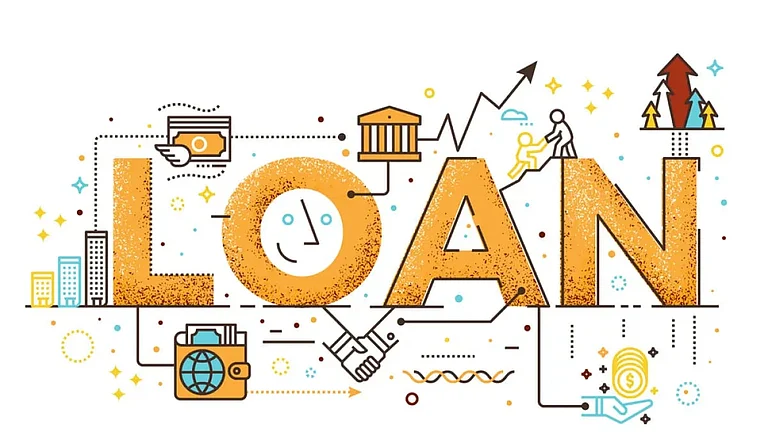Microfinance borrowers nationwide are becoming more cautious about how much they borrow and from whom, according to the CRIF Microlend Report—March 2025. The report points out that the number of active loans per borrower and the amount borrowed has declined over the last year.
As of March 2025, just 4.9 per cent of the overall microfinance loan portfolio had five or more active lender relationships. This is a dramatic decline from 9.7 per cent last year. Essentially, this means that fewer borrowers are borrowing from more than one microfinance institution (MFIs) concurrently.
The decline is more apparent in high loan exposure borrowers. The proportion of the portfolio with outstanding loans of over Rs 1.25 lakh has decreased from 28.2 per cent in March 2024 to 19 per cent in March 2025. It indicates that individuals are taking loans more cautiously, and lenders might also be restricting the amount they lend to individual customers.
State-Level Trends Reveal a Uniform Pattern
The decline in the trend towards loan overlap is evident in the states. Tamil Nadu, Karnataka, Uttar Pradesh, and Bihar all reported a fall in the count of overlapping borrowers. In Tamil Nadu, for example, the count of borrowers with five or more lender associations dropped by 23 per cent between December 2024 and March 2025. Double-digit falls were observed in the other states as well.
Even in states where total borrower counts were flat or slightly increasing, the percentage of high-exposure and multi-lender borrowers decreased. This indicates that lenders are becoming more conservative, perhaps as a result of increasing loan stress experienced during earlier quarters.
Why the Change?
There are a number of reasons why this has happened. One is that lenders have tightened up their checks, particularly for those who have loans from other sources. With a couple of years of high delinquencies behind them, most MFIs would be trying to scrub their books and avoid subsequent default.
Borrowers too may be becoming more prudent. As rural wages are under stress in some areas and repayment difficulties still remembered from the recent past, many might be deciding to restrict their borrowing to what they can easily repay.
Meanwhile, local regulations and regulatory pressure—like the proposed ordinances in Tamil Nadu and Karnataka to enhance collection practices—are potentially also part of what is changing lending behaviour.
A Sign of Discipline or Credit Access Issue
While the trend indicates better credit discipline, it also provokes one question: are individuals borrowing less by their own choice, or are they being excluded from the system? If lenders are too conservative, some legitimate borrowers will find it more difficult to obtain the assistance they require, particularly for small businesses or those in emergency situations.
The CRIF report doesn't express a view on this but offers the figures as one aspect of a larger trend in the microfinance lending marketplace. What is certain, however, is that lenders and borrowers alike are adjusting their methods of taking on microcredit—and the effect of that will be expressed to some extent only in the quarters ahead.










